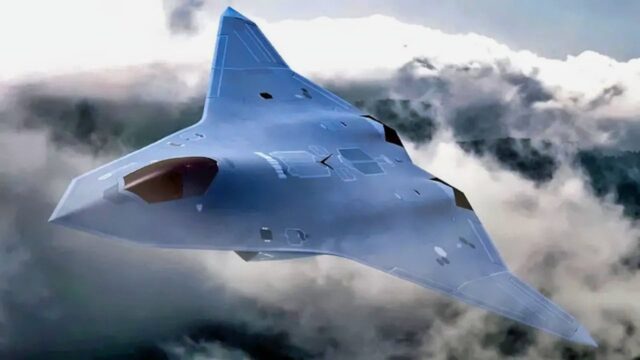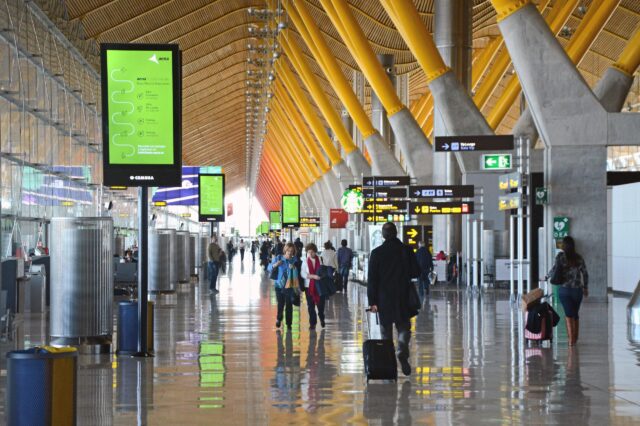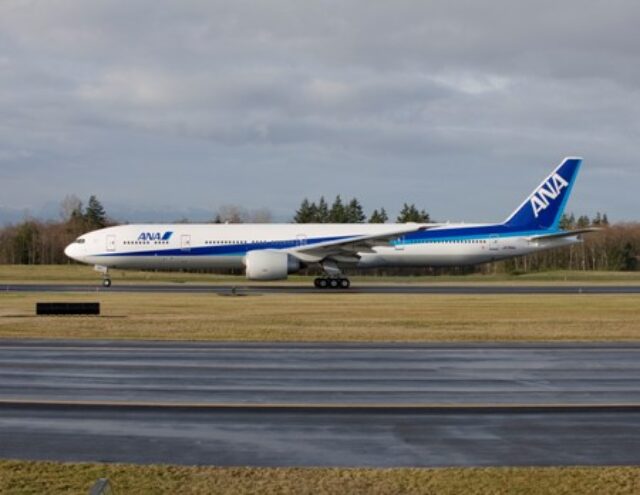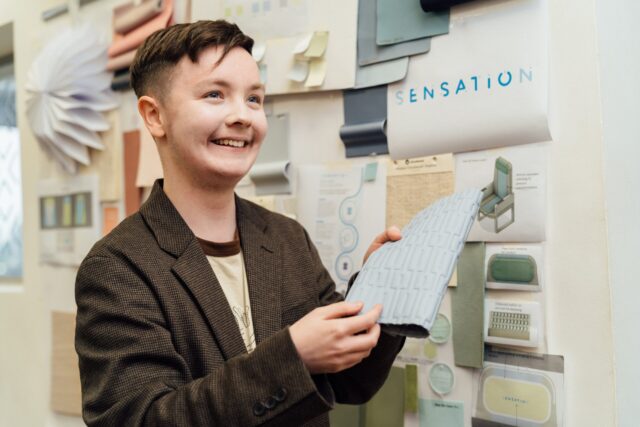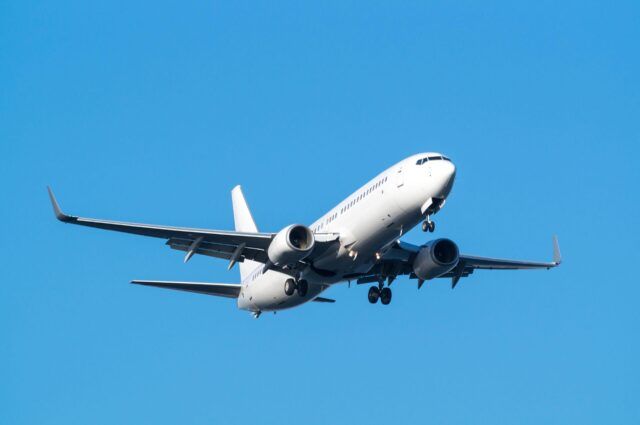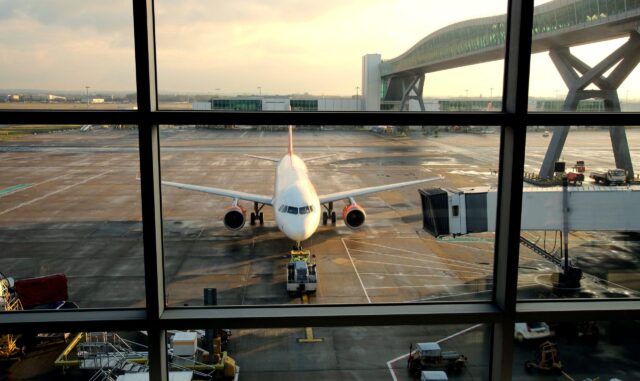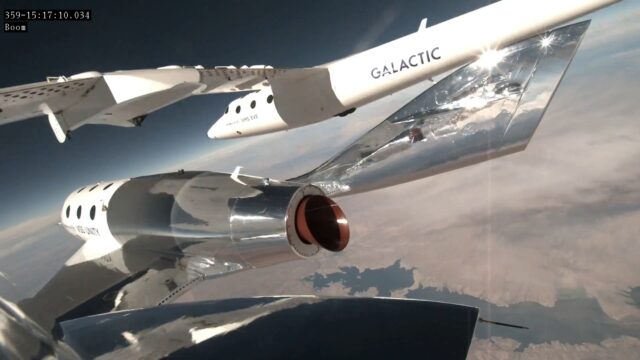Poetry in motion: the Farnborough centrifuge
October 21, 2024

Pulling up outside the distinctive circular building nestled alongside a suburban housing estate, I must be at the right place, I think: albeit to the uninitiated, the plain exterior gives nothing away as to its unique contents. Inside is the first machine in the UK built to test the effect of high G-force flight on humans: a symbol not just of Farnborough’s rich aviation heritage but also an enduring legacy of Britain’s aerospace innovation. Since the facility’s closure in 2019, ancillary buildings may have been demolished, but this time capsule endures – as does the research that directly influenced combat aircraft in operation today.
From studies to better understand the physiological effects of G on aircrew to the development of pressure breathing techniques, protective clothing and cockpit optimisation, all sort of “weird and wonderful” research was pioneered here, explained Adcock – who possesses over 600 runs on the machine herself.
Air Ministry research requirement
Although the impact of G-force on pilots had been realised during heavier-than-air powered flight’s formative years, the British government was slower to acknowledge the role a manned centrifuge could play in exploring and analysing the detrimental influence of acceleration on aircrew. Limited RAF research performed on in-service aircraft in the late 1930s was of questionable reliability (owing to the changeable conditions experiments were conducted under) and also potentially lethal, owing to the pilots’ susceptibility to potentially debilitating amounts of G whilst at the controls of a Spitfire or suchlike.
With the first large-scale human centrifuge designed for aeronautical training created in Germany in 1933 (an initiative the US also adopted in 1938), Britain allegedly lacked the funding to commit to its own – although the development of ever-faster aircraft necessitated a change in heart. As the jet age roared into life, the Air Ministry commissioned and designed the UK’s inaugural human centrifuge which began construction at Farnborough in 1951. Rather than a pilot training facility, this first-of-its-kind centre would play a vital research role in understanding and developing methodologies to mitigate the sorts of G fighter pilots would be increasingly subjected to – by safely and consistently replicating forces experienced in flight.

Today, although the building is still with an almost reverential silence (at least from this 1950s aviation obsessive), a bustle of activity still seems possible behind any of the darkened doorways. Handwritten pencil notes inside the motor room cabinet doors inspire a nostalgia for an era I’ve never known, yet – much like the chunk of de Havilland Vampire on my desk – represents a tangible link to when aerospace innovation was hurtling forwards as fast as its new jet-powered aircraft, with not an IPad screen in sight.
The centrifuge itself is housed in a 24.4m diameter circular chamber; a stark, well-lit, white-walled space dominated by a 19m long black steel arm on which two pivoted gondolas are mounted. It’s an imposing architectural sight. The arm, flywheel and motor (buried 27ft into the ground) weigh in at a combined 40 tons and were switched on for the inaugural run on 18 April 1955. The entire complex – completed at a cost of £350,000 – was now ready to commence its research remit when opened the following month.
Spin doctors
With the centrifuge fully commissioned, the RAF Institute of Aviation Medicine (RAF IAM)’s doctors bravely stepped up to sit down, strap in and be spun around in the name of science. Test subjects would sit in one of two gondolas (which could be configured to run two studies at the same time, albeit not simultaneously) and spun at up to 9G, the equivalent of 30 rpm or 63 mph. Each capsule is certainly roomier than a fighter jet cockpit (the presence of a Harrier ejection seat one of the few clues belying the 1950s atmosphere), although equipped with more lights and cameras – crucial for ensuring the subject’s safety (as well as recording their responses).
During each run, all subjects were supervised from the centre of the arm by a medical observer, offered a direct view as the gondola swung outward. This was later augmented by cathode ray tube TV feeds, which also fed upstairs to the control room from where the run was co-ordinated.
Record players and lifts?
Upstairs via a distinctive Art Deco staircase sits the control room, overlooking the centrifuge hall, and which but for the presence of a 1980s fuse box seems straight out of the year it was conceived. This room is both an exquisite example of analogue expertise and ergonomic excellence, and absolutely glorious in its complete lack of digital redevelopment.
Of the 122,133 runs completed in the facility’s 64-year operational life (1965-2019), all of these were instrumented by the same analogue system of interchangeable comma-shaped cams inspired by lift mechanisms of the era. Each about the size of a record (and stored in an adjacent cupboard), a separate cam denotes every desired setting in increments of 0.2G from 0.2 to 10G, with the onset rate varied by gearing technology borrowed from record players.

Alternatively, the controller could employ a control column in the centre of the desk to simulate the dynamic G experienced in air combat manoeuvres, pulling the stick back as a pilot would in flight. Human trials were capped at 9G (with the dials placing this unit slap bang in the middle as a key visual reference), although the centrifuge itself was designed for up to 30G – perhaps a nod to potential future uncrewed air combat capabilities envisaged as far back as the 1940s.
Research remit
Although early studies included inserting a cannula into a subject’s heart to study blood flow under G-loading (indicative of the more relaxed rules all aerospace innovation enjoyed in the 1950s), a lot of early work focused on the possibility of reclined seat angles (augmenting research carried out by the prototype ‘prone pilot’ Meteor in the mid-1950s). However, the development of G-resistant clothing proved more practical, and in the late 1960s, the centrifuge’s focus turned to pioneering the technique of pressure breathing; something first trialled on a Hunter (in conjunction with G-trousers) in the 1970s.
In late 1989, Sue Adcock was volunteered by IAM test pilot (and also husband) Sqn Ldr Terry Adcock for a series of tests; simulating the exercises the final 16 UK astronaut candidates would shortly undergo. Crucially, with two females among the shortlist, it was up to Sue to help disprove the preconceptions of some that women were unsuitable for the task (something Jo Salter further discredited when she became the first female operational RAF fast jet pilot).
Although noting that the combination of the gondola’s deceleration and rotation caused a strange tumbling sensation (with the inner ear fluid temporarily out of balance), Sue loved the centrifuge and returned to complete many more IAM tests, including on work for the Typhoon programme; the first UK combat aircraft capable of 9G and the first to necessitate pressure breathing techniques. These tests also explored the cockpit geometry of the Typhoon and attempted to mitigate excruciating venous pressure in the hands and forearms when holding the stick and throttle – something which was thankfully reported as less severe when in flight.
Another 1994 study – described by Sue as “the trial from hell” for its repetitiveness – was less physically painful, requiring the subject to read set phrases under different G loadings to assess any changes in clarity to their speaking voices. Work undertaken in the centrifuge was also translated into and validated by ‘real-world’ flight trials, including the two Hawks of the 1990s IAM (the only aviation medical unit with its own trials aircraft).
“Down, down, down”
Of its 122,133 successful runs, only one malfunction of an otherwise marvellous machine was ever noted, when – during a testing run for Typhoon’s aircrew services package – the centrifuge sailed through its failsafe mechanism and continued spinning up past 10G, despite the medical observer having called the customary “down, down, down” to curtail the test. Thankfully, a final safety measure did stop the arm from spinning, although this wasn’t before test subject of the afternoon Sqn Ldr Adcock had been subjected to estimated forces of around 15G; something he suffered no lasting ill-effects of. Thankfully, the chamber’s 2ft thick steel-reinforced concrete walls – built to contain a catastrophic failure – were never called upon.

However, despite (almost) smooth sailing for 64 years, the centrifuge gondola came rocking to its final stop on 4 March 2019; replaced in operational service by a high-G training and test facility at RAF Cranwell, built and run by Thales in partnership with the RAF Centre of Aviation Medicine. A completely different beast, the new facility enables a more ‘hands-on’ interactive experience and, crucially, a more realistic G onset rate. Whereas Farnborough’s was limited to 1G a second, the new unit is capable of ten; creating a more realistic training environment.
The next chapter in the centrifuge’s story remains uncertain, although in recognition of its historical significance, the building was awarded Grade II listed status in 2007. However, it’s reassuring to know that countless aircrew lives were improved or even saved by the pioneering research carried out here; testimony to the position Britain once held at the forefront of aviation innovation and realised through the work of Sue Adcock, her husband, and many more.

